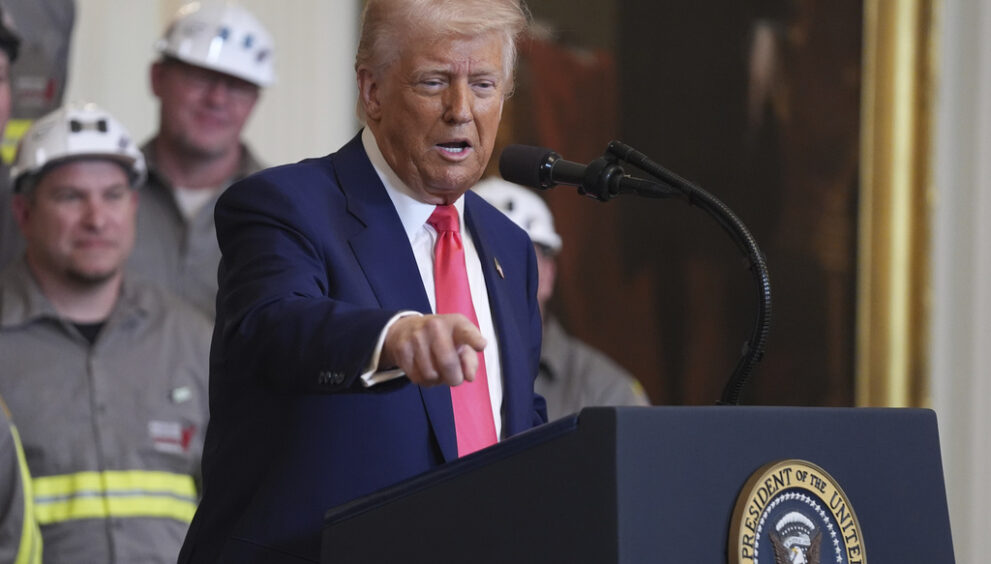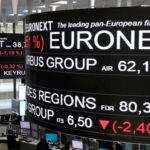Trump’s Tariff Plan: Uncertainty and Motives Explained

Financial markets are usually averse to uncertainty, which experts attribute to the recent turmoil experienced by Wall Street. Markets represent the actions of millions of individuals driven by self-interest, fears, optimism, and other factors, inherently rendering them unpredictable.
The uncertainty surrounding President Trump’s tariff program brings about a different kind of uncertainty. Consider an American textile manufacturer struggling with competition from cheap imports, particularly from Vietnam. Trump’s recent imposition of a 46 percent tariff on Vietnamese products could potentially benefit domestic manufacturers by providing a competitive edge and incentivizing an expansion of U.S. production.
However, a subsequent social media post indicated that Vietnam was willing to reduce tariffs to zero with an agreement with the U.S., leaving American businesses conflicted about Trump’s tariff motives. Is the tariff strategy aimed at renegotiating trade deals for the benefit of the U.S. or rebuilding the national manufacturing base? The lack of clarity from Trump’s team further contributes to the uncertainty.
The conflicting statements from Peter Navarro, the White House Senior Adviser for Trade, and Treasury Secretary Scott Bessent have added to the confusion over the permanence of the tariffs. While zero tariffs might be insufficient without addressing non-tariff barriers, the possibility of tariffs being lifted if trade issues are resolved casts doubts on long-term investment decisions for American businesses.
The White House’s aims to revive American manufacturing and achieve fair terms with trading partners are commendable, but the feasibility of accomplishing both simultaneously remains uncertain. Despite other economic measures being taken to stimulate growth, the lingering ambiguity surrounding tariffs poses a challenge for investors and industries affected by the trade policies under Trump’s administration.






















































































































































































































































































































































































































































































































































































































































































































































































































































































































































































































































































































































































































































































































































































































































































































































































































































































































































































































































































































































































































































































































































































































































































































































































































































































































































































































































































































































